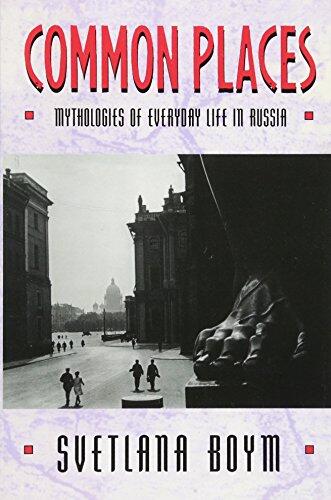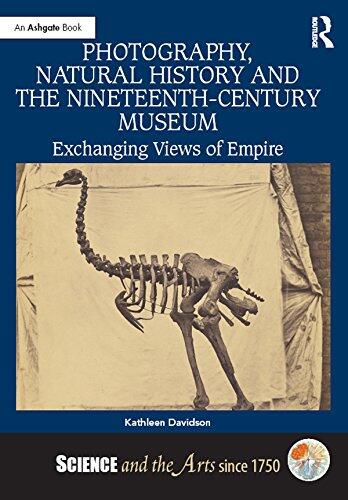
Common Places: Mythologies of Everyday Life in Russia
by:
Svetlana Boym
Edition: 60599th
Language: English
Format: Paperback
ISBN 10: 0674146263
ISBN 13: 9780674146266
Publication date:
January 23rd, 1995
Publisher: Harvard University Press
Pages: 384
Genres: Romance, Dystopian, History, Art & Photography
Svetlana Boym explores the intricate landscape of Russian identity, delving into the myths that shape everyday life in the country. Through a thoughtful examination of cultural artifacts and societal norms, she unveils the deep-seated aspirations and disillusionments of the Russian people. The narrative weaves together historical context and personal stories, painting a vivid picture of what it means to live within the complexities of Russian society.
Boym illuminates how national dreams intertwine with kitsch, revealing a fascinating juxtaposition of high culture and popular sentiment. In doing so, she invites readers to reconsider their perceptions of authenticity and superficiality in a world where layers of meaning coalesce and collide. By examining everyday rituals and symbols, she sheds light on the quieter moments that often go unnoticed yet pulse with significance.
The author’s insightful analysis challenges the reader to confront their assumptions about Russia and its people. Her observations serve as a reminder that life’s contradictions are not merely contradictions but rather essential elements of a rich cultural tapestry.
In a world where globalization threatens to dilute uniqueness, Boym's exploration of these commonplaces urges an appreciation for the nuanced experiences that define a nation. Through her lens, readers are encouraged to see that the essence of Russia lies not just in its grand narratives but also in the minutiae of everyday life, which collectively speak volumes about the human condition.
Boym illuminates how national dreams intertwine with kitsch, revealing a fascinating juxtaposition of high culture and popular sentiment. In doing so, she invites readers to reconsider their perceptions of authenticity and superficiality in a world where layers of meaning coalesce and collide. By examining everyday rituals and symbols, she sheds light on the quieter moments that often go unnoticed yet pulse with significance.
The author’s insightful analysis challenges the reader to confront their assumptions about Russia and its people. Her observations serve as a reminder that life’s contradictions are not merely contradictions but rather essential elements of a rich cultural tapestry.
In a world where globalization threatens to dilute uniqueness, Boym's exploration of these commonplaces urges an appreciation for the nuanced experiences that define a nation. Through her lens, readers are encouraged to see that the essence of Russia lies not just in its grand narratives but also in the minutiae of everyday life, which collectively speak volumes about the human condition.











